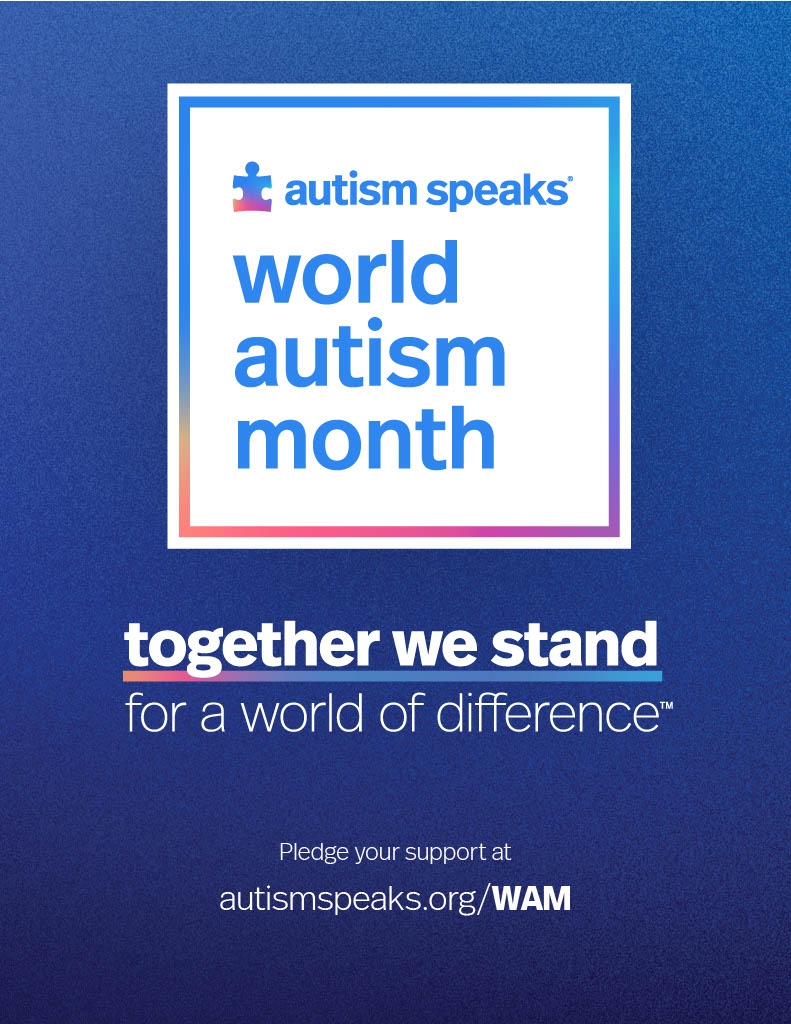New Research Points to Disparities in Autism Prevalence and Access to Care

New research based on data from CDC’s Autism and Developmental Disabilities Monitoring Network found that among 8-year-old children, 1 in 36 were identified with autism spectrum disorder in 2020. This is an increase from 1 in 54 in 2016.1
Autism spectrum disorder (ASD) is a complex developmental condition involving persistent challenges with social communication, restricted interests, and repetitive behavior. (Learn more about autism spectrum disorder.)
In the years prior to the COVID-19 pandemic, rates of evaluation and identification for autism had been increasing. About three out of four children had been evaluated by age three. The pandemic disrupted care, and fewer children were evaluated for or identified with autism, according to a CDC study looking at the agency’s monitoring data on 4-year-old children.2 The American Academy of Pediatrics recommends that in addition to other developmental screening, all children be screened for autism at the 18 and 24-month well-child visits.
Rates of Autism Increasing Among Children of Color
The study of 8-year-olds also found that autism was more prevalent among Black, Hispanic, and Asian or Pacific Islander children than white children. This is the first time this has been seen in CDC’s monitoring network among this age group.1
In a separate study from researchers at Stanford University, racially and ethnically diverse children with autism in the U.S. were also found to have significantly less access autism resources than white children.3 The study, involving more than 500,000 autistic children and 50,000 autism services in the U.S., “pinpointed the specific geographic regions with the greatest disparities.” The authors suggest the need for a “prioritized response strategy to address these racial and ethnic disparities.”3
Autism and Intellectual Disability
Autism spectrum disorder includes individuals with a wide range of intellectual levels, however, many individuals with autism are also identified with intellectual disability. A recent study looked at the numbers based on autism surveillance data from 2000 and 2016 in the New York/New Jersey area.4 The researchers found that among more than 4,500 children identified with autism, about one in three had autism and intellectual disability.
The study also identified disparities: children living in vulnerable areas and Black children were more likely to be identified with intellectual disability in addition to autism. Children living in affluent areas were 80% more likely to be identified with autism without intellectual disability compared with children in underserved areas.4 While overall rates of autism increased significantly, the percentage of children identified with both autism and intellectual disability increased much more slowly than those without intellectual disability, consistent with increased screening and ability to identify those with autism without intellectual disability.
More information
- Centers for Disease Control and Prevention – Autism Spectrum Disorder
- Autism Society
- Autism Speaks
- Autistic Self Advocacy Network
- National Institutes of Health – Autism Spectrum Disorderr
References
- Maenner MJ, Warren Z, Williams AR, et al. Prevalence and Characteristics of Autism Spectrum Disorder Among Children Aged 8 Years—Autism and Developmental Disabilities Monitoring Network, 11 Sites, United States, 2020. MMWR Surveill Summ 2023, 72 (No.SS-2): 1-14.
- Shaw KA, Bilder DA, McArthur D, et al. Early Identification of Autism Spectrum Disorder Among Children Aged 4 Years—Autism and Developmental Disabilities Monitoring Network, 11 Sites, United States, 2020. MMWR Surveill Summ 2023, 72 (No.SS-1): 1-15.
- Liu, B. M., Paskov, K., Kent, J., et al. Racial and Ethnic Disparities in Geographic Access to Autism Resources Across the US. JAMA Netw Open. 2023;6(1):e2251182.
- Shenouda J, Barrett E, Davidow AL, et al. Prevalence and Disparities in the Detection of Autism Without Intellectual Disability. Pediatrics. 2023 Feb 1;151(2):e2022056594.
